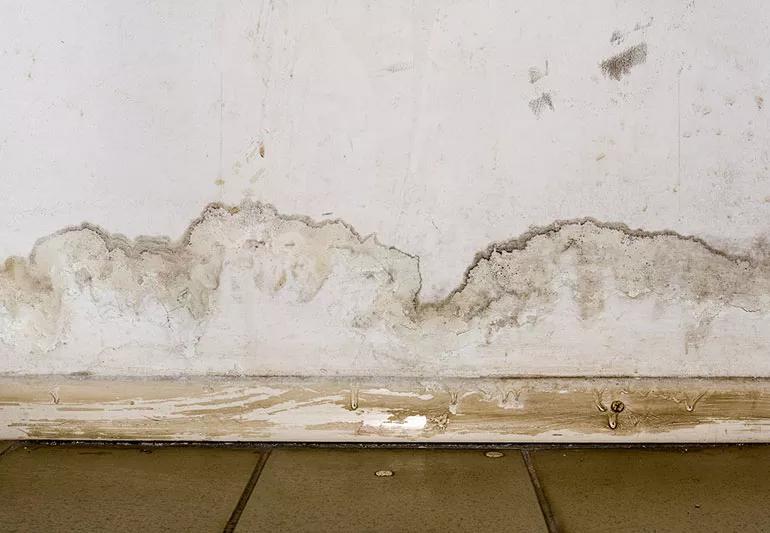Housecleaning tips for allergy and asthma sufferers

Cleaning up after a flood is a hassle in itself, but what do you do when mold starts forming in your home?
Advertisement
Cleveland Clinic is a non-profit academic medical center. Advertising on our site helps support our mission. We do not endorse non-Cleveland Clinic products or services. Policy
It only takes 24 to 48 hours for mold to develop in a flooded home and can affect your health in a variety of ways. For most of us, the symptoms of short-term mold exposure may be mild, such as a stuffy nose and throat or eye irritation. For those with asthma-related to mold allergy, exposure to mold can be a serious health threat.
The Centers for Disease Control and Prevention reports that people with immune suppression or underlying lung disease are more susceptible to fungal infections. If you have a suppression immune system, you may have an increased risk for infection from the mold.
“Mold can be a cause of serious complications for patients with asthma,” says allergist-immunologist David Lang, MD. “It can result in increased symptoms and greater reliance on medications, and even flares of asthma which could require emergency department management or hospitalization.”
All homeowners who have experienced a flood should act fast to remediate any mold that may have developed. According to the U.S. National Flood Insurance Program, it only takes an inch of flood water in your home to cause damage to your property.
“Mold is ubiquitous,” says Dr. Lang. “There are molds in the air you’re breathing right now. But they are present in much higher levels when there has been water damage to carpeting, drywall or other parts of a home.”
Advertisement
If you’re dealing with a flooded home and experience any symptoms, talk to your doctor about treatment options.
Here are a few tips for cleaning up mold after a flood, according to the Federal Emergency Management Agency:
1. Open your home to fresh air. Do this only if humidity is lower than indoors. Use fans and dehumidifiers to dry excess moisture. Leave as many windows and doors open as possible to let fresh air flow in. Make sure the attic gets airflow, too.
2. Remove all wet items. This includes furniture, toys and bedding. Discard soaked carpeting, insulation, wallboard and ceiling tiles. Be sure to throw away anything that didn’t dry completely or can’t be salvaged. If you’re in doubt, throw it out.
3. Clean up standing water and surfaces. Use a wet/dry vac to clean up standing water and clean hard surfaces with a 10% bleach solution. Do not mix bleach and ammonia while cleaning to avoid toxic vapors. If you see any mold, remove it with clean water and detergent. Dry it immediately.
4. Protect yourself. Individuals sensitive to mold exposure should wear masks, respirators, gloves and goggles during cleanup. Take a shower and remove and wash any clothing you had on while cleaning to avoid carrying any mold anywhere else.
5. Let the water dry. Allow your home to dry for two to three days before beginning to rebuild or replace items.
Advertisement
Learn more about our editorial process.
Advertisement

Most antihistamines, like Zyrtec, are OK, but avoid decongestants for at least the first trimester

Drowsiness is a side effect of inflammation, disrupted sleep and, sometimes, your allergy medicine

If you’re sensitive to aspirin or other salicylates, limiting exposure is the best remedy

Mold exposure can cause allergic reactions, asthma and skin rashes

If allergies have you coughing and sniffling all night, try showering before bed, keeping the windows closed and propping your head up

If allergies make your mornings a slog, consider closing the windows and showering at night

When the trees start to bloom, your allergies can come to life — medications, closing the windows and keeping clean can help

Water, touch, sunlight, physical activity and cold are some of the rarest allergies

The best parenting style balances enforcing rules and showing plenty of love

Tips include cutting back on sugar, focusing on exercise and managing stress

It can be harder to let go when you’ve invested time, energy and emotions — but it might be the healthier choice long term